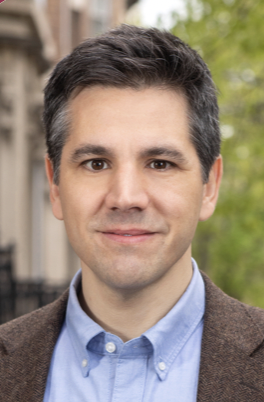Animal City
 In 1842, the British novelist and social observer Charles Dickens toured America, recording for the British public accounts of daily life in American cities. New York City in particular fascinated him. He was at times amazed, amused, and horrified by the colorful dress of the wealthy, the filth of New York’s working-class Five Points neighborhood, and the free-ranging sows and “gentlemen hogs” who walked Broadway and ate the city’s garbage.
In 1842, the British novelist and social observer Charles Dickens toured America, recording for the British public accounts of daily life in American cities. New York City in particular fascinated him. He was at times amazed, amused, and horrified by the colorful dress of the wealthy, the filth of New York’s working-class Five Points neighborhood, and the free-ranging sows and “gentlemen hogs” who walked Broadway and ate the city’s garbage.
These last observations, of the city’s animal population, were what most interested Andrew Robichaud, a College of Arts & Sciences assistant professor of history, and he includes the anecdote in his recent book, Animal City: The Domestication of America (Harvard University Press). In the book, Robichaud chronicles the evolving role of animals in 19th-century American cities. He takes readers on a journey through the daily life of cities bustling with both human and animal inhabitants, then describes the growing push to banish livestock and livestock businesses to the fringes of urban areas.
Articles:
